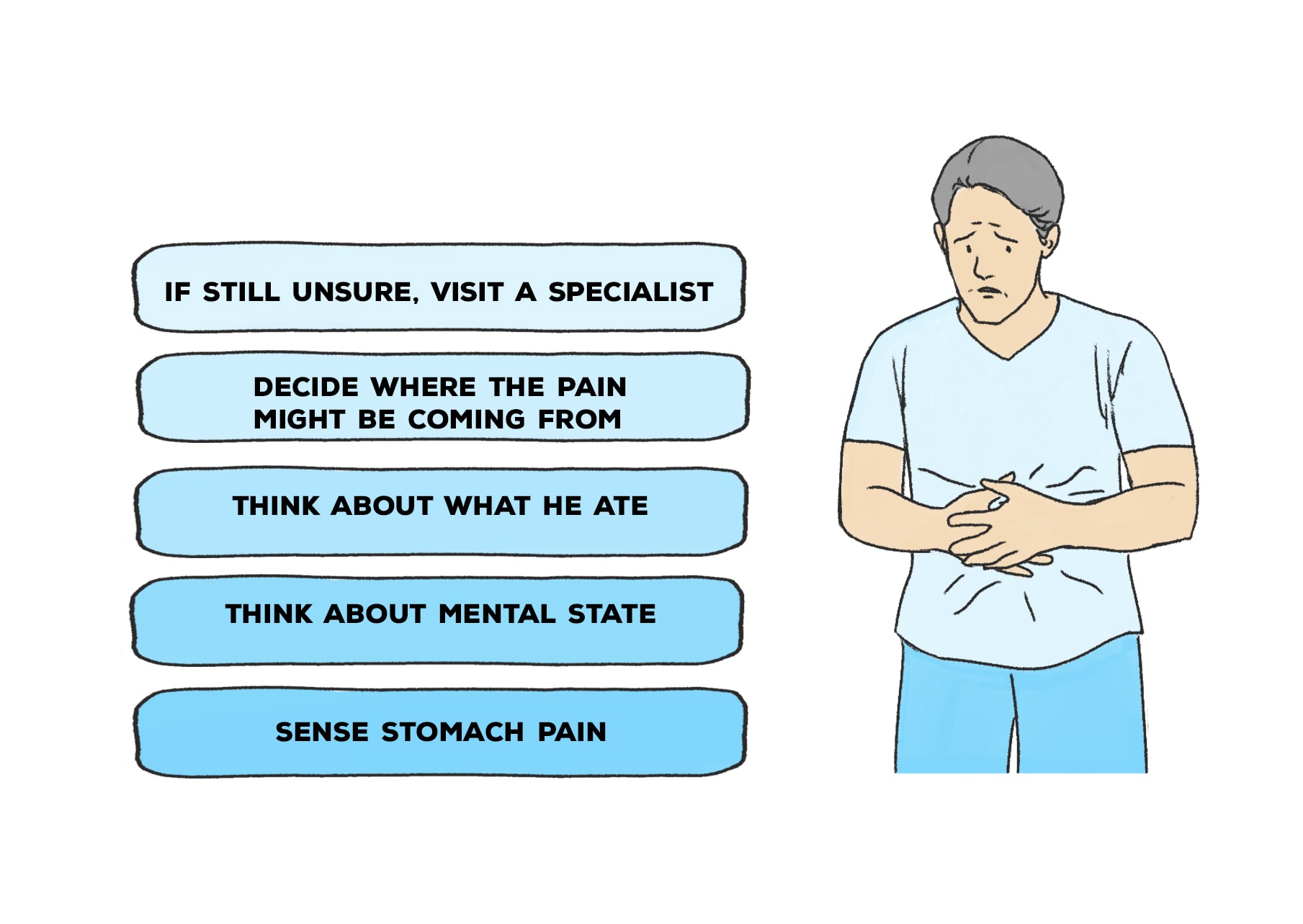Bottom-up processing is a type of information processing in which stimuli are processed beginning from the bottom. The process begins with tiny details, and progresses to more complex concepts. This is different from top-down processes where we form an overall impression of the scene , and then seek out evidence to support the idea. For example, a person who is visual processing a city street may first get an overall impression that the street is busy with noise, chaos, and chaos. To verify the idea, they may be able to spot specific indicators that indicate this, such as pedestrians navigating through crowds or hearing traffic noise generated by nearby cars.

Because bottom-up processing tends to be more analytical and driven by data and analytical, it has been extensively investigated in relation to specific cognitive functions, including perception and memory. But it is also able to play a significant role in other areas, such as decision making and creative pursuits like art or design. Bottom-up processing can be applied wisely and effectively to solve more difficult problems and gain better insight into them. Bottom-up processing, despite having been criticized in academic circles, is extremely useful in understanding the world that surrounds us and our internal workings.
The brain’s intricate processes are at the heart of all our thoughts and actions. The brain’s processes this complex organ play a crucial influence on everything from our cognitive and memory to our moods and behaviour. Bottom-up processing is one of the most important factors that impact brain function. Bottom-up processing describes how information is processed starting at the nerve cell level and moving up through interconnected neural pathways. This can eventually impact more advanced cognitive functions, such as attention and perception. Studies have shown that this process may have profound effects on phenomena like learning and memory. It is also employed to treat illnesses such as Alzheimer’s disease and schizophrenia. It is possible to unravel the mysteries of this by understanding brain’s functions from the ground up. This will allow us to create powerful new tools to improve healthcare and neuroscience.
Bottom-up processing is the way our brain processes information. Unlike top-down processing, which is more focused on integrating prior information and beliefs into the process of learning and relies on the inputs of new and raw data. Bottom-up processing is a great method of learning for all levels of learners by focusing on specific elements of learning. This includes vocabulary and basic sounds and concepts, in addition to more advanced concepts and concepts.
Bottom-up processing has one major advantage: it permits us to take a step back and concentrate on each part of information we are exposed to. This can allow us to remain engaged in what we discover, and makes it much easier to enhance, master more, and apply existing knowledge. This method also assists us to discern how the various parts of information connect through logical networks or chains. Engaging in a bottom-up process could aid us in becoming better learners as well as more effective communicators.
For more information, click Practical Psychology